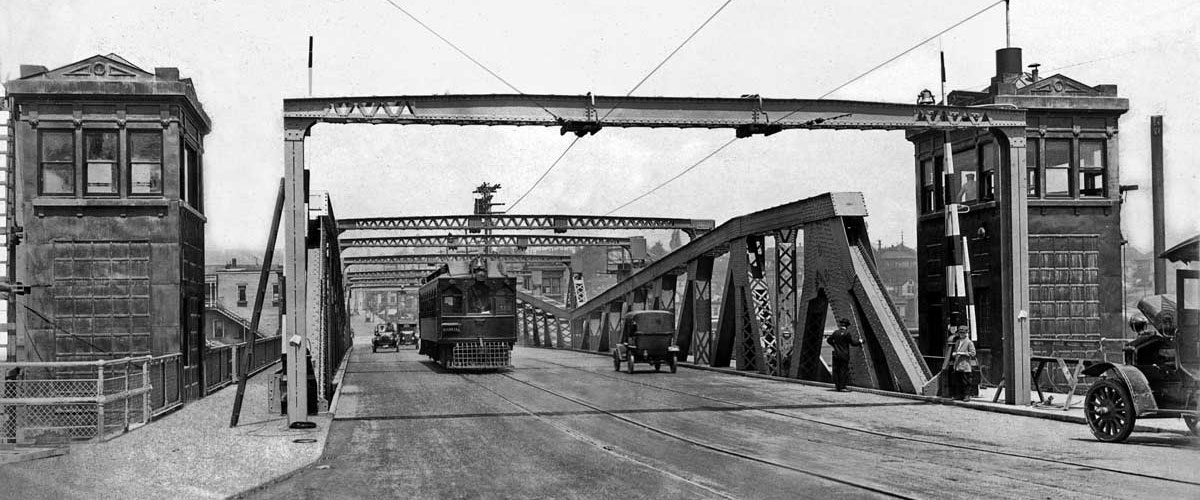The two men who worked together to build this Craftsman-style house in 1910, were both Norwegian immigrants. They both lived near NW 73rd Street in Ballard at the time that they contracted to build 4415 Baker Ave NW in western Fremont. The builder of the house was Peter B. Nelson, a carpenter.
The owner of the house was Captain Martin Rolie, pilot of the Sumner, a steamer which traveled to Alaska to catch halibut. In 1913 Captain Rolie married in Seattle, a woman who had been born in the USA of Norwegian parents. By 1920 the census showed that Martin & Marie Rolie had three children, and Capt. Rolie had brought three of his siblings to live in the USA. All were living in the house at 4415 Baker Ave NW. Capt. Rolie’s two brothers were working as fishermen and his sister Astrid, age 24, worked in a tailor shop. It is possible that the Rolie’s next-door neighbor, Humphrey R. Roberts of 4435 Baker Ave NW, helped Astrid get a job, because Mr. Roberts was owner of a tailor shop.
The term “Craftsman” describes a style of house which often came from a plan book and could be completed by craftsmen such as carpenters, stonemasons and cabinetmakers. A Craftsman house has a foursquare appearance with a pitched roof, wide front porch with supporting pillars, and details such as the diamond windowpanes at the sides of the second story. This house is 26 feet wide at the front and 41 feet long. There is a partial second floor and a total of four bedrooms. The most outstanding Craftsman details of this house are on the interior with its fine woodwork, built-in cabinets and window seats. The house still has its original leaded-glass bookcases and dish cupboards.
The name “Baker Avenue” is a reference to Charles Baker, the early landowner who filed a plat called the Palatine Addition where the streets and house lots were laid out.
Sources:
Census and City Directory listings.
City of Seattle building permit #96239 of 1910, shows name of contractor and name of house owner.
Find A Grave Memorials #157073212 (Martin Rolie) and #156986296 (Marie Rolie)

